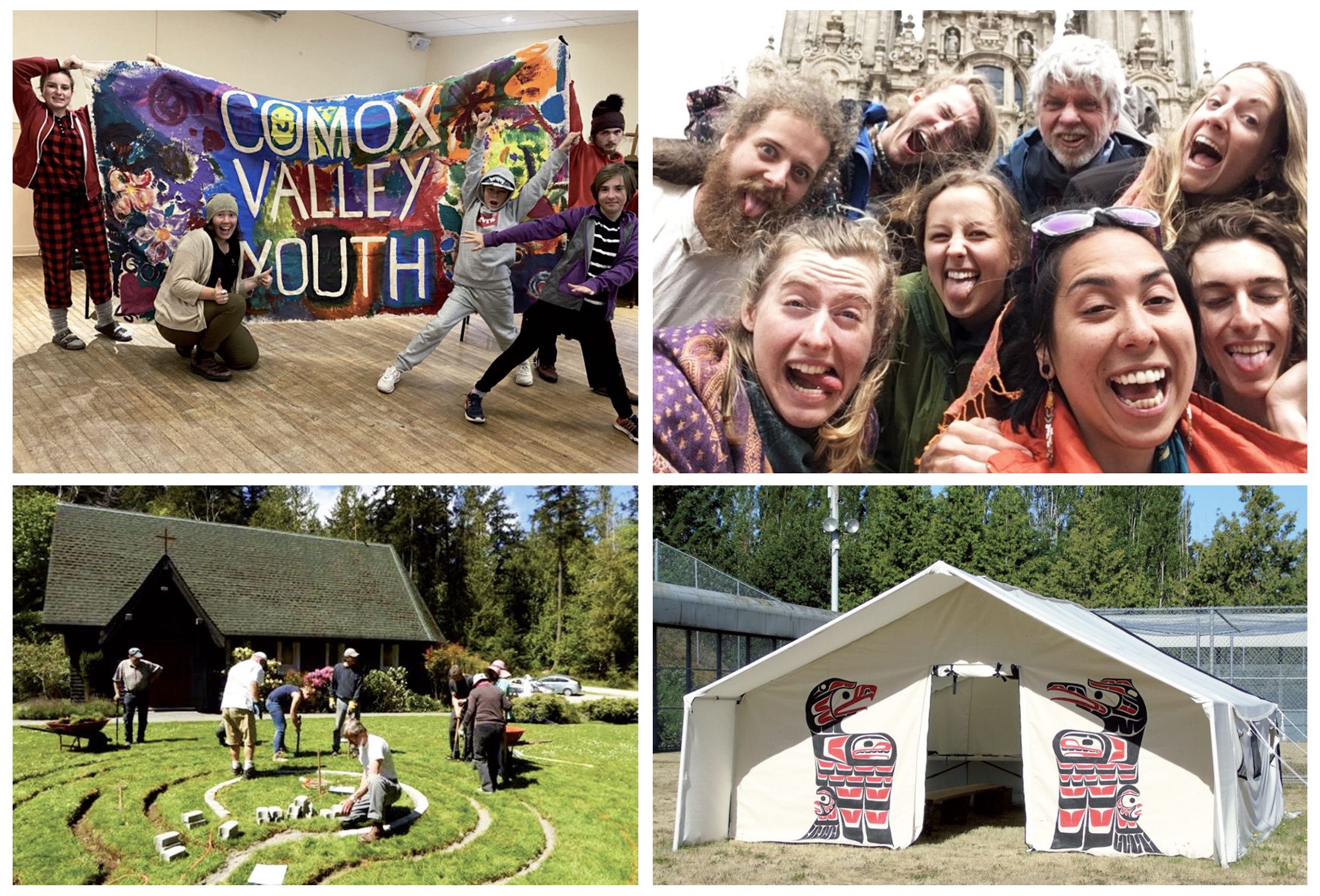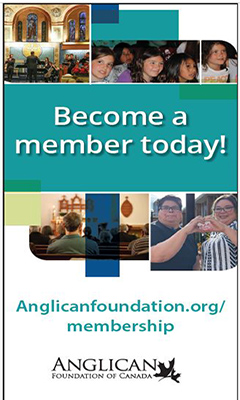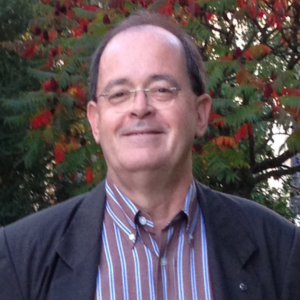In late November 2020, the diocesan Vision Fund delivered its final report to the diocesan council. The fund was established by synod in the fall of 2015, to use a small portion of the reserve funds generated from disestablished parishes. The fund’s goal was to “faithfully seed local, regional and diocese-wide initiatives that give tangible expression to the diocesan vision,” in anticipation of a future fundraising campaign to continue the work permanently.
Originally intended to have a limited life span of three years, the Vision Fund was extended by a further two years to serve as a bridge to the Transforming Futures initiative. Over that five-year period from 2016 through 2020, the Fund disbursed close to $600,000, in the form of about 100 grants for 70 different projects. Most grants were awarded on a matching funds basis, with the proponents expected to contribute a portion of the full project cost, though exceptions were made in cases of need and new start-ups. Priority support was also given to proposals that went beyond parish boundaries and reached out into the broader community.
In keeping with the forward- and outward-looking spirit of the diocesan vision, almost two-thirds of spending was devoted to the pillar of “faith in action,” including projects falling under the categories of engaging God’s world, emerging communities, and the single biggest recipient, at more than a quarter of the total: reconciliation and beyond. After these three, the next highest value of grants went to youth and family life. Clearly, this was a shining example of the diocese putting its money where its mouth – and its heart – are.
But numbers alone do not tell the story of the Vision Fund. Virtually every Anglican on these Islands and Inlets has been touched in some way by the work the fund made possible. We seeded new entities like the Star of the Sea Centre for Spirituality on Salt Spring Island and the Chapel Gallery at St. Matthias, now both ongoing and self-sustaining. Other permanent legacies range from labyrinths in Oak Bay and on Pender Island, through an expanded choir loft at St. Barnabas, in Victoria, to kitchen improvements and audiovisual enhancements at several parishes. We funded numerous retreats, conferences and training programs on subjects from reconciliation and dismantling racism to pastoral care. And we invested in the future, through pilot projects and feasibility studies, such as Wild Church, the Emmaus residential initiative, and a potential affordable housing study on Pender Island.
Care was taken to distribute funds equitably to all parts of the diocese, including support for several community projects in Port McNeill, a new regional interdenominational youth ministry in the Comox Valley, and assistance with Indigenous ministry at Port Hardy.
Thanks to the Vision Fund, there is much tangible evidence of the diocese’s commitment to reconciliation with Indigenous peoples: a longhouse tent at the regional correctional centre; First Nations art for the chapel doors at St. John the Divine, Victoria; and the fund’s single largest beneficiary over four years: the mentor-apprentice program for the revitalization of Indigenous living languages, among many other examples.
Space does not permit an exhaustive review of the outcomes and impacts of the Vision Fund; a full list of projects is available on the diocesan website. Meantime, what have we as a diocese learned from this five-year undertaking? Among other things: that there is no shortage of creative energy in this diocese, a lot of it in the minds and hearts of dedicated lay volunteers! That a little bit of seed money can translate into a lot of encouragement – and sometimes free up more money from other sources. That pulling a compelling project plan together takes time and effort, but it pays off. That trying new things and working across parish lines doesn’t always come easily or naturally, but can be encouraged, and reaps surprising dividends.
Perhaps most importantly, we have learned how much we can accomplish together. Now, we need to maintain, enhance and build on that momentum as we move into the next phase of our life together as Anglicans in this time and place.




